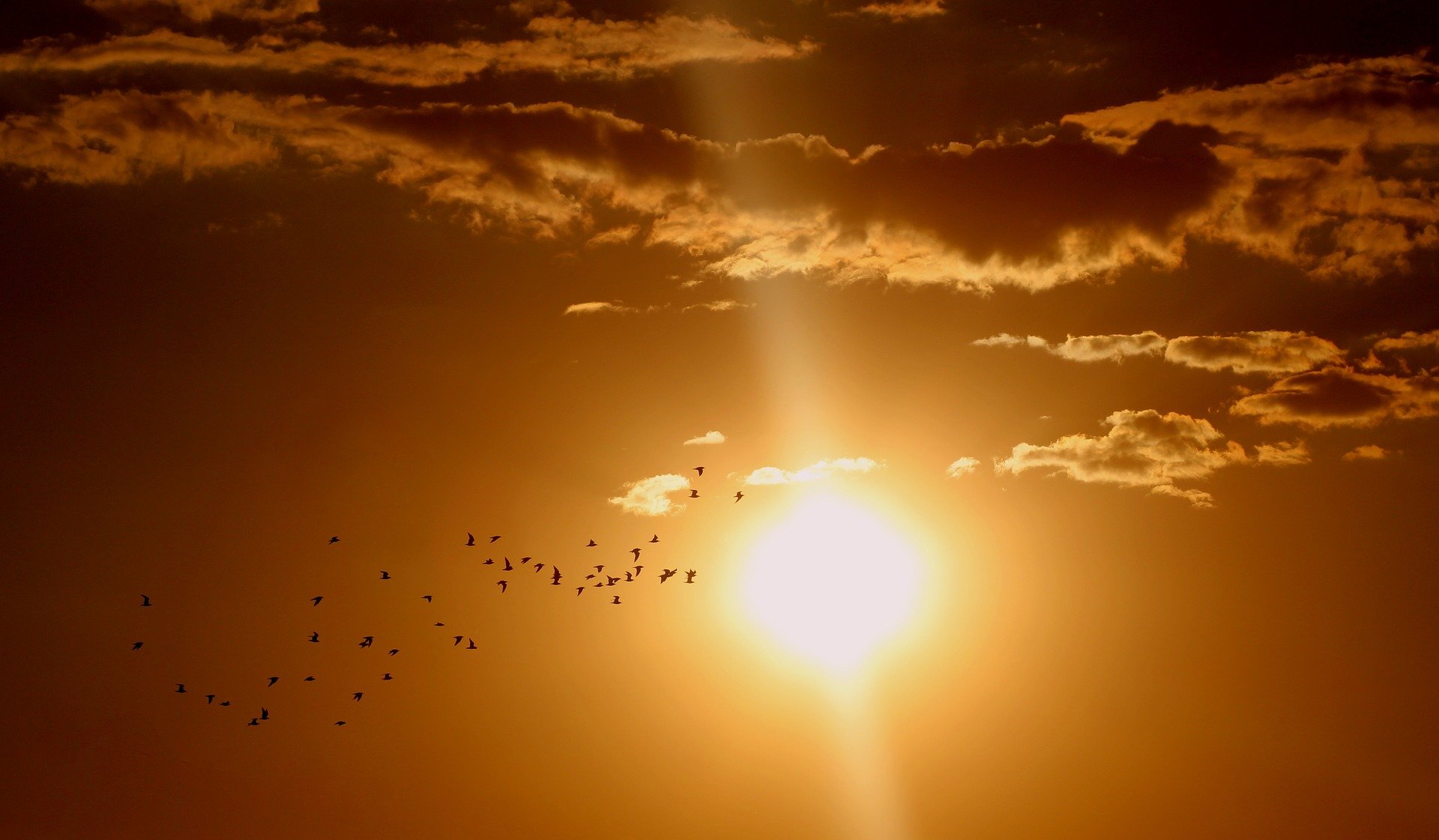Sometimes weather radar picks up things that aren’t weather.
That happened Tuesday morning, near Warner Robins. The radar showed a pretty strong storm with heavy rainfall, maybe even small hail.
But it was not a storm. It was probably birds – a lot of birds.
The Atlanta office of the National Weather Service shared it in a Tuesday morning Tweet.
— NWS Atlanta (@NWSAtlanta) February 23, 2021
It actually isn’t unusual for radar to pick up big flocks of birds, said National Weather Service meteorologist Kyle Thiem.
“This is a very common phenomenon. We see this, especially during the summer, almost daily on a lot of our radars,” he said. “As the sun rises across the continental U.S., you can usually see this activity on a mosaic of radars as the sunrise hits across different areas of the country.”
Tuesday’s birds on the radar were a little odd, Thiem said, giving him some pause before saying it was definitely birds; it was an unusually strong signal, and it showed up in a different shape from how flocks of birds usually appear.
“They typically show up in doughnut shape when they’re farther away from the radar,” he said.
That’s because as a bunch of birds wake up and start flying away from where they spent the night, the flock looks like a doughnut or ring shape on the radar. It’s called a “roost ring.”
Since Tuesday’s pattern was more of a streaky blob, Thiem said it could have been something else: chaff released from around the Air Force base.
“That is something that can be common around military bases,” he said. “So, it’s hard to tell exactly for sure which one that may have been.”
Ornithologist Bob Sargent said it was likely a gigantic flock of blackbirds.
“The Ocmulgee River Corridor, which borders the eastern side of Robins Air Force Base, is habitat for enormous flocks of wintering blackbirds,” Sargent said. “It’s predictable, like clockwork.”
Sargent is a program manager at the Georgia Department of Natural Resources. Before that, he was a radar operator in the Air Force, and then spent 20 years as natural resource manager at Robins Air Force Base.
He said in the winter hundreds of thousands of blackbirds – maybe even more than a million – spend the night on the Ocmulgee River, then wake up and fly west over Warner Robins, to find food in the nearby farm fields.
“You’ll see what looks like a river of blackbirds at low altitude 2, 3, 400 feet, just snaking its way across the sky, flowing from the river swamp heading west,” he said.
He said the flocks can be a mix of red-winged blackbirds, common grackles, brown-headed cowbirds and others.
“You’ve got these resident blackbirds, and they occur in enormous numbers and they’re very gregarious birds,” he said. “And then in the late fall, their cousins from the northern United States fly to the southern U.S. and spend the winter here. So, all of a sudden, the blackbird numbers explode in the winter months.”
Using Radar To Study Birds
Birds showing up on radar isn’t just an oddity, though. Radar has become a tool to study birds – a field called radar ornithology.
Researchers have used radar to figure out migration paths. Sargent said a mentor of his – Sidney Gauthreaux, a professor at Clemson University – used radar to figure out that birds migrated directly across the Gulf of Mexico, rather than sticking to a route over land.
“That was a revelation for ornithology,” Sargent said.
Then, Sargent said that Gauthreaux used radar to actually quantify how many birds were migrating across the gulf a few decades later, and compare it to earlier images.
“And he reported that the number of birds migrating across the gulf had dropped by nearly 50% in that 20- to 25-year time period,” Sargent said. “And that was also a shocking revelation for ornithology.”
More recently, the Cornell Lab of Ornithology used weather radar to calculate how many birds migrate through the United States every fall and winter. And a study in 2019 used weather radar to contribute to its findings of a “staggering” decline in bird populations in North America.
The Cornell Lab also uses weather radar to forecast and track bird migration, a tool that Georgia Audubon conservation director Adam Betuel said he uses both in his conservation work – and also when he’s just trying to get out and see birds.
“They can actually predict a few days in advance when these huge pushes of birds are going to come, looking at historical data, wind and weather patterns, and how birds are moving,” he said.
Betuel said he’s hoping to eventually use that information to encourage businesses to dim their lights on nights when a lot of migrating birds are expected to fly through Atlanta, in order to help reduce the number of birds that are injured or killed when they collide with windows.









